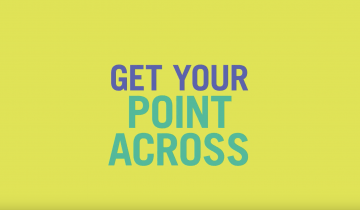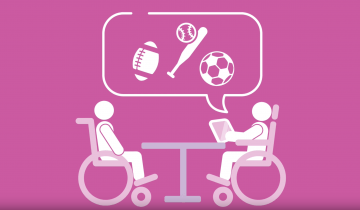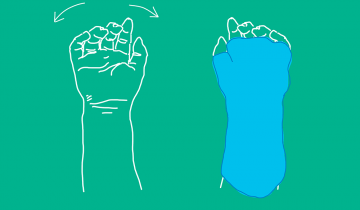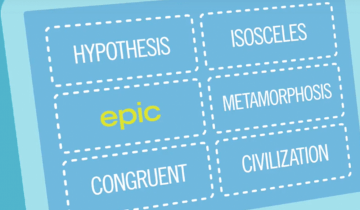This study highlights the importance of monitoring and managing chronic conditions in adults with cerebral palsy. It also provides important information that can help healthcare professionals better understand the health needs of this population.
This comprehensive review of the research evidence surrounding supportive stepping for individuals, GMFCS IV and V, provides helpful information for families to make practical decisions about for whom, when, and how long to use a supported stepping device (also known as gait trainers).
This comprehensive review of the research evidence surrounding supportive standing for individuals, GMFCS IV and V, provides helpful information for families to make practical decisions about for whom, when, and how long to use a standing device.

Everybody tells stories, and that includes people who use communication systems. To ensure success and the ability to participate we need to make it as easy as possible. So that we can tell stories whenever we want, wherever we want, to whomever we want, and in a really easy way, so we can be successful.

Upper limb therapies and interventions have been well studied in cerebral palsy. Different interventions that have good evidence are Constraint Induced Movement Therapy (CIMT) and Bimanual Therapy. CIMT has been shown to be successful in children with hemiplegic cerebral palsy (CP). CIMT uses a splint to physically constrain the uninvolved arm and encourage them to use the more involved or affected arm.



